The global energy demand continues to rise, driven by population growth and increased industrial activity. Transitioning to renewable sources of energy is inevitable.
Since the Industrial Revolution, fossil fuels—namely coal, oil, and natural gas—have been the backbone of energy production. However, this reliance comes with significant environmental costs, including greenhouse gas emissions, air pollution, and climate change.
As a result, a global shift toward renewable energy has become imperative, and developing nations such as India are at the forefront of this energy transition.
In this detailed study, we’ll discuss how humans can transition from fossil fuels to renewable energy. We’ll also discuss the challenges we face, space opportunities, and the overall outlook of energy in India.
Overview of The Current State of Energy Sources in India
India, with its massive energy demand, ranks as the third-largest energy consumer globally. The country heavily relies on fossil fuels for its electricity generation, with coal accounting for more than 55% of the energy mix.
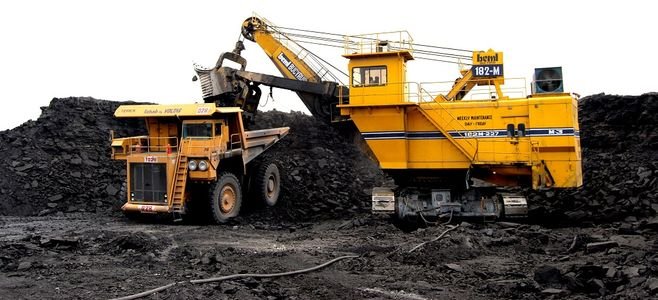
The environmental toll is staggering, contributing to hazardous levels of air pollution and significant carbon emissions.
To combat these issues, India has set ambitious renewable energy targets, including reaching 50% of its energy needs from non-fossil fuel sources by 2030 and achieving net-zero emissions by 2070. (1)
There is no doubt that the challenges are substantial. The shift to renewable energy gives India immense opportunities for economic growth, job creation, and improved energy security.
This study will now explore India’s journey toward renewable energy and comprehensively analyze the obstacles, policy frameworks, and prospects of this transition.
Global Dependence on Fossil Fuels
Fossil fuels—coal, oil, and natural gas—continue to dominate the global energy mix.
According to the International Energy Agency (IEA), in 2021, fossil fuels accounted for approximately 80% of the world’s primary energy consumption.(2) While developed nations such as the United States and the European Union are making strides toward reducing their dependence on fossil fuels, countries like India, China, and Russia remain heavily reliant on these energy sources.
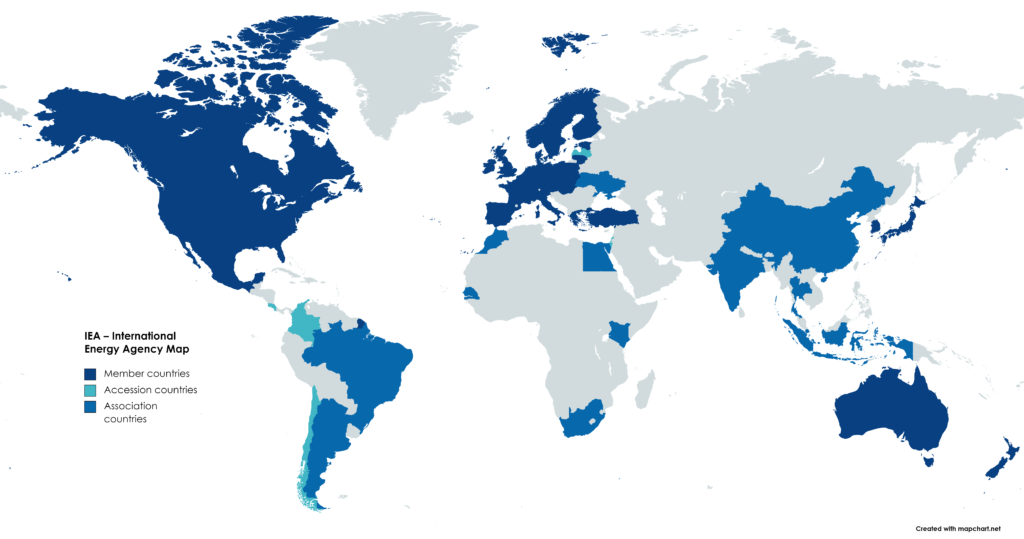
Nevertheless, the US doesn’t shy away from profiting from fossil fuels, with it being the world’s largest crude oil producer.
India, in particular, is one of the largest consumers of coal, which constitutes over 55% of its energy generation.(3) In 2021, India consumed 22 exajoules (EJ) of coal, making it the world’s second-largest coal consumer, only behind China.(4)
Oil and natural gas, primarily used for transportation and industrial purposes, also account for significant portions of India’s energy mix.
This dependence has not only made India one of the top greenhouse gas emitters but has also created economic vulnerabilities, especially given the volatility of global oil prices.
The environmental consequences of this reliance are grave. India is one of the most polluted countries in the world, with 14 of the top 20 most polluted cities located within its borders. The burning of coal, oil, and natural gas contributes to rising carbon dioxide (CO2) levels, which trap heat in the atmosphere and exacerbate global warming.
According to the International Energy Agency (IEA), India emitted approximately 2.6 gigatonnes of CO2 in 2020, representing 7% of global emissions.(5)
The economic ramifications of fossil fuel reliance are also evident. India spends over $160 billion annually on oil imports, contributing significantly to its trade deficit.(6) As the world moves towards decarbonization, fossil fuel-dependent economies like India risk being left behind unless they make a concerted effort to transition to renewable energy.
Challenges in the Transition to Renewable Energy
The shift from fossil fuels to renewable energy is far from simple. India faces several challenges, ranging from economic and technological barriers to political resistance and infrastructural constraints.
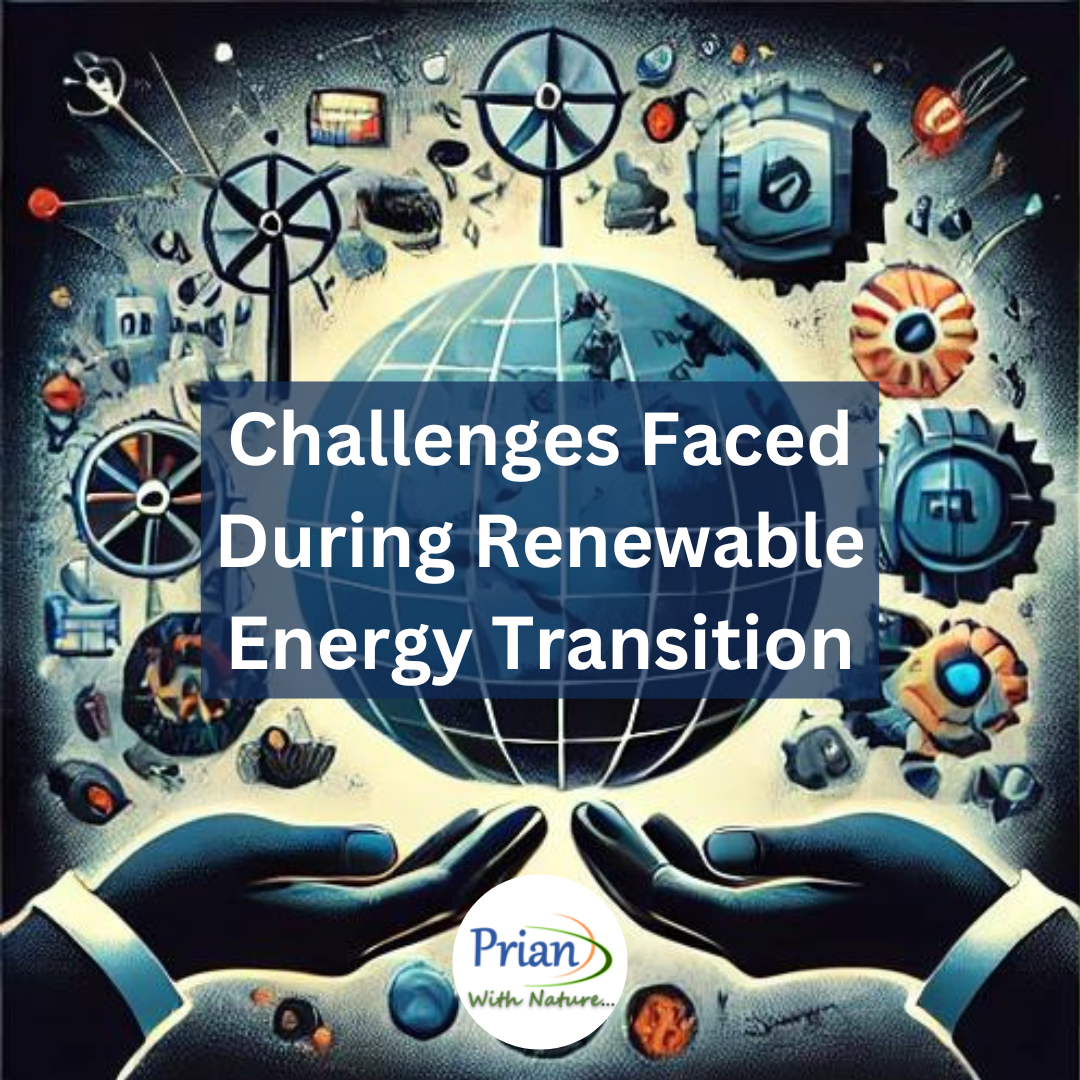
Economic Barriers
One of the most significant hurdles is the high cost of renewable energy infrastructure.
Solar panels, wind turbines, and energy storage systems require considerable capital investment.
While the cost of solar energy has decreased by more than 80% over the last decade, it is still more expensive than traditional fossil fuels in certain regions.(7)
Now that the Indian government is officially dedicated to getting India to achieve net zero emissions, let’s see what’s the gap between our expectations and reality.
According to the Council on Energy, Environment, and Water (CEEW), India needs at least $10 trillion in investment by 2070 to achieve its net-zero target.(8)
This UNFCC report states that India, like other developing nations, requires substantial climate finance to tackle environmental challenges while sustaining growth.
The proposed New Collective Quantified Goal (NCQG) framework, as mentioned in a UNFCC report calls for developed countries to provide at least $1 trillion annually, primarily through grants and concessional finance.(9) Here’s what the UNFCC report states:
It is to be noted that quantum and time frame cannot be determined in isolation. In line with the needs of developing countries, developed countries need to provide at least USD 1 trillion per year, composed primarily of grants and concessional finance. With the availability of the updated Needs Determination Report, the quantum can be scaled up in proportion to the rise in the needs of developing countries.
The transition also threatens to disrupt industries that rely heavily on fossil fuels, including mining and transportation. Coal India Limited (CIL), for example, employs over 270,000 people and is responsible for 80% of the country’s coal production. Any reduction in coal demand would have direct consequences on employment and local economies.
Technological Hurdles
Renewable energy technologies are inherently intermittent. This means they are not always available when energy demand peaks.
Solar power, for instance, is only available during daylight hours, while wind power depends on seasonal wind patterns.
This intermittency requires robust energy storage solutions to ensure a reliable and continuous energy supply. India’s energy storage capacity is minimal, with only a few operational pumped-hydro storage facilities. Lithium-ion batteries, though promising, are still costly, and India lacks the necessary manufacturing capacity to meet the growing demand.
Grid integration is another technological challenge. India’s energy grid, while vast, is outdated and unable to handle the decentralized nature of renewable energy.
According to the Central Electricity Authority (CEA), the grid loses approximately 20% of the electricity generated due to transmission and distribution inefficiencies.(10) Modernizing the grid and incorporating smart grid technology will be essential to accommodate renewable energy sources.
Fossil Fuel Subsidies and Political Resistance
Fossil fuel subsidies remain a major obstacle in India’s energy transition.
India continues to heavily subsidize fossil fuels despite global efforts to transition to clean energy.
In FY 2020, fossil fuel subsidies amounted to ₹55,347 crore ($7.8 billion), a significant increase of 16% from the previous year.(11) This support for coal, oil, and gas projects was around 7.3 times larger than the subsidies allocated to renewable energy, which stagnated at ₹8,000 crore.(12)
Furthermore, major Indian public sector undertakings (PSUs) spent $3.1 billion on fossil fuel projects—11 times more than they invested in renewables.(13
Political inertia is a significant challenge.
India’s energy policies are heavily influenced by its coal and oil industries, which have deep-rooted ties with policymakers. Any attempt to transition to renewable energy will require overcoming the political power of these fossil fuel-dependent industries.
Path Dependency and Energy Lock-in
India’s energy infrastructure is largely built around fossil fuel consumption.
From refineries to power plants and transportation networks, billions of dollars have been invested in fossil fuel infrastructure. This path dependency creates an energy lock-in, where it is economically and politically challenging to shift away from fossil fuels.
Transitioning to renewable energy abruptly would require dismantling or retrofitting existing infrastructure. This could result in significant financial losses.
Before we can fully grasp what challenges we face in transitioning to green energy by 100%, we first need to understand how India has come to this point in energy consumption. Looking briefly at the history of renewable energies in India and how the government behaves regarding it, we can gauge what challenges we face while transitioning to clean energy completely.
Renewable Energy Environment in India
India’s renewable energy journey began in the 1980s, but significant progress wasn’t made until the early 2000s.
In 2008, India launched the National Action Plan on Climate Change (NAPCC), which laid the foundation for a renewable energy revolution. Following this, the Jawaharlal Nehru National Solar Mission (JNNSM) also launched in 2010, aimed to make India a global leader in solar energy.
This set an ambitious target of 100 GW of solar power by 2022, which India came close to achieving. India now has 70.10 GW of solar energy, with 55.6 GW under construction.
With the new development-centric government since 2014, India has taken significant steps to encourage renewable energy adoption, including various tax incentives, feed-in tariffs, and policies encouraging private-sector investment.
By 2022, India had become the world’s third-largest market for renewable energy investment, attracting over $10 billion in investment in clean energy projects.(14)
Government Policies Surrounding Renewable Energy in India
We’ve listed some of the most effective schemes that the Indian government has undertaken regarding the transition from fossil fuels to clean energy.
- Aims to install 100 GW of solar power by 2022. As of 2022, India had achieved approximately 60 GW, about 60% of this target.(15)
2. FAME II (Faster Adoption and Manufacturing of Electric Vehicles):
- Launched in 2019, it provides a budget of ₹10,000 crore (around $1.4 billion) to promote the adoption of electric vehicles (EVs) through subsidies and incentives for charging infrastructure.(16)
3. Renewable Purchase Obligations (RPO):
- Mandates power distribution companies to source a specified percentage of electricity from renewable sources. Compliance is incentivized through penalties, pushing states to invest more in renewables.
- Launched in 2013, this project aims to build a dedicated transmission network for renewable energy. With an investment of ₹12,031.33 crores, it seeks to integrate large-scale renewable capacity into the grid, allowing smoother solar and wind power transmission.(17)
5. Pradhan Mantri Kisan Urja Suraksha evam Utthaan Mahabhiyan (PM-KUSUM):
- Launched in 2019 with an allocation of ₹34,422 crore ($4.6 billion), PM-KUSUM aims to install solar pumps and grid-connected solar power plants for farmers. The goal is to provide 34.8 GW of renewable energy capacity by 2022, reducing dependency on conventional energy sources in the agricultural sector.(18)
6. Offshore Wind Energy Policy:
- The Ministry of New and Renewable Energy (MNRE) launched the Offshore Wind Energy Policy in 2015 to explore and develop offshore wind farms. India’s first offshore wind farm project, which has a capacity of 1 GW, is being developed off the coast of Gujarat.
- Launched in 2021, this mission aims to produce and use green hydrogen, positioning India as a global hub for hydrogen production. By 2030, India targets 5 million tons of green hydrogen production annually.
These policies reflect India’s robust approach to shifting toward renewable energy, supported by significant government investment and ambitious targets.
Although the government is trying to support the transition to renewable energy, there are still challenges that India faces. Challenges come with opportunities.
Now we’ll discuss what major challenges India faces while transitioning to renewable energy completely, and what opportunities India can leverage to transition to renewable energy within the targetted timeline.
Hurdles & Opportunities For India To Transition to Renewable Energy

After looking at all areas where India faces challenges in transitioning to renewable sources of energy, we’ve shortlisted three major hurdles resisting the transition to clean energy. We’ve also identified the three major opportunities that India can leverage highly.
Let’s explore them all one by one.
Hurdles That India Faces Currently
Lack of Access to Low-Cost Financing:
The transition to renewable energy requires massive investments. Estimates suggest India will need to mobilize over $13.5 trillion by 2050 to achieve its net-zero target.(19) However, access to low-cost financing is limited. Renewable energy projects often struggle to secure funds at competitive rates, particularly in rural areas where returns may be uncertain.
Technological Gaps:
India’s domestic capacity for manufacturing renewable energy components, such as solar panels and wind turbines, lags behind global leaders like China. This reliance on imports, particularly for advanced technologies like battery storage, raises costs and slows down the adoption of renewable solutions. In FY23, India imported a whopping 94% of solar modules from China. This number has significantly dropped to 66% in FY24.
Insufficient Grid Infrastructure:

source: India Map
India’s grid infrastructure struggles to accommodate the rising share of renewable energy. The grid must be modernized to handle the intermittent nature of solar and wind power. Currently, India’s transmission system can integrate up to 175 GW of renewable energy(20), but it needs to increase significantly to meet the country’s ambitious targets of 500 GW of non-fossil fuel capacity by 2030.(21)
Opportunities India Can Leverage
Solar Energy:
Solar power is a game-changer for India, particularly in rural areas. With majorly sunny days throughout the year, India’s solar potential is immense. According to the Ministry of New and Renewable Energy, India’s total installed solar capacity reached over 70 GW as of 2023, but it still has significant room for growth.(22) Solar energy offers an opportunity to provide reliable electricity to off-grid rural areas, improving quality of life and boosting local economies. Government initiatives like the Pradhan Mantri Kisan Urja Suraksha evam Utthaan Mahabhiyan (PM-KUSUM) scheme aim to expand solar energy for agricultural and rural communities.
Lithium Mining For EV Batteries:
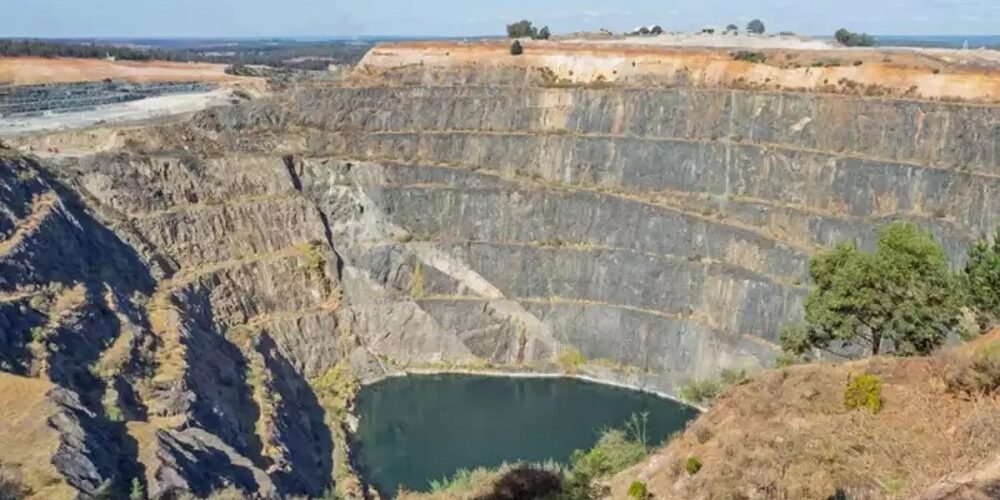
India’s recent discovery of 5.9 million tonnes of lithium reserves in Ladakh presents a significant opportunity to strengthen its role in the global EV market. Lithium, a key component in EV batteries, will not only reduce India’s dependence on imports but also position the country as a potential exporter of raw materials. Even better than exporting raw materials, India can have significant implications for these lithium mines. By mining and processing lithium locally, India could supply batteries to EV companies worldwide, boosting its economy and creating jobs in mining, battery manufacturing, and transportation.
Electric Vehicle (EV) Market:
The growth of India’s EV market is another major opportunity in the country’s energy transition. India plans to have 30% of its vehicles electric by 2030, significantly reducing oil dependence. According to the India Energy Storage Alliance, the EV market is expected to grow at a compound annual growth rate (CAGR) of 36% until 2026.(23) This shift not only cuts down on fossil fuel consumption but also creates jobs in EV manufacturing, infrastructure development, and battery production.
India’s energy transition, while daunting, offers transformative opportunities, particularly in solar energy and electric vehicles. With the right policies and investments, these sectors can play a pivotal role in reshaping the country’s energy landscape.
Social and Economic Impacts of Energy Transition
The transition to renewable energy has far-reaching social and economic implications for India. While the shift away from fossil fuels offers significant benefits, including job creation and improved public health, it also poses challenges, particularly for workers in fossil fuel-dependent industries.
Employment Data
India’s transition to renewable energy is expected to generate millions of new jobs. According to the International Renewable Energy Agency (IRENA), India’s green energy sector alone could create more than 3.4 million jobs by 2030.(24) The renewable energy industry, which includes manufacturing, installation, and maintenance of solar panels, wind turbines, and energy storage systems, offers significant employment opportunities, especially in rural areas.
However, job losses in the coal sector are inevitable.
Coal India Limited (CIL), the world’s largest coal mining company, employs more than 270,000 people. As demand for coal declines, these workers will face unemployment unless they are retrained for roles in the renewable energy sector.
The Indian government is working to address this issue through initiatives like the Skill Council for Green Jobs, which provides training programs to help workers transition to green energy jobs.
Impact of Transition to Renewable Energy on Rural and Urban Areas
The transition to renewable energy will have different effects on rural and urban areas.
In rural India, renewable energy—particularly solar power—has the potential to transform lives by providing reliable electricity to areas that are currently off the grid or suffer from frequent blackouts.
Small-scale solar projects, such as rooftop solar panels, can improve energy access for rural communities, boost agricultural productivity, and reduce the need for polluting diesel generators.
In urban areas, the adoption of electric vehicles (EVs) is expected to reduce air pollution, which is a major public health issue in cities like Delhi and Mumbai.
According to the World Health Organization (WHO), India has some of the most polluted cities in the world, with air pollution contributing to more than 2 million premature deaths annually.(25) The widespread adoption of EVs, supported by improved charging infrastructure, could significantly reduce emissions from the transportation sector and improve air quality in urban centers.
Reskilling Workforce for Renewable Energy Jobs
India must invest in reskilling workers from fossil fuel industries to ensure a just transition. This has to be particularly in coal mining and thermal power generation. Because these are expected to see job losses as the country shifts to cleaner energy sources.
These programs should be targeted at workers in traditional energy sectors and young people entering the workforce, ensuring that the next generation of workers is equipped to thrive in a green economy.
Technology & Infrastructure Surrounding Renewable Energy in India
When we speak of technological infrastructure, the first thing that comes to mind is energy storage. India’s renewable energy transition cannot succeed without adequate it.
Given the intermittent nature of solar and wind energy, energy storage solutions are vital to ensure a reliable and continuous power supply. India currently lacks sufficient storage capacity, with most of its energy storage relying on pumped-hydro storage, which accounts for only a small portion of the overall energy mix.
However, the global energy storage market, particularly lithium-ion batteries, is expected to grow significantly over the next decade. This is driven by declining costs and increased efficiency.
India’s recent Production-Linked Incentive (PLI) scheme for advanced battery manufacturing aims to address this gap. That is to create a domestic battery industry that can meet the demands of electric vehicles (EVs) and renewable energy storage.
Battery Manufacturing in India
India’s domestic battery manufacturing capacity is currently limited.
The reliance on imports, especially for lithium, cobalt, and other critical materials, adds to the cost of battery storage systems. Investment in local manufacturing and recycling of batteries will be crucial for India’s transition to a cleaner energy future.
According to NITI Aayog, India’s energy storage market could require over 500 GW of capacity by 2030 to support its renewable energy ambitions.(26) The ambition is to generate 50% of India’s energy requirements from renewable sources of energy.
Grid Integration and Modernization
Integrating renewable energy into India’s grid presents another significant challenge.
The country’s electricity grid, while vast, suffers from inefficiencies that lead to significant power losses. The current grid is not equipped to handle large-scale renewable energy projects, especially in remote areas where solar and wind farms are being developed.
According to the Central Electricity Authority (CEA), India loses approximately 20% of its electricity during transmission, primarily due to outdated infrastructure and poor grid management.(27)
To address these issues, India is working on grid modernization and smart grid solutions. Smart grids, which allow for better management of energy supply and demand through real-time monitoring and automation, are crucial for integrating variable renewable energy sources like solar and wind into the grid.
Additionally, India is investing in transmission corridors that connect renewable energy-rich states like Gujarat and Rajasthan with energy-deficient regions.
Renewable Energy Zones
The Indian government has also introduced the concept of renewable energy zones, which are areas designated for the concentrated development of renewable energy projects.
These zones aim to streamline the deployment of renewable energy infrastructure by providing developers with easier access to land, transmission infrastructure, and financing.
Gujarat’s Dholera Solar Park is one such zone, with a planned capacity of 5 GW. The city is focusing on solar power, energy efficiency, and exploring other renewables.
India is looking forward to creating many such green energy zones, if we look at the promises the government has made. However, things might take a few decades to actually turn into reality.
How The Future of Transition to Renewable Energy Looks
India’s renewable energy transition is one of the most ambitious in the world.
By 2030, the government aims to achieve 500 GW of installed renewable energy capacity, which would make up 50% of the country’s total electricity generation. This includes 280 GW of solar power and 140 GW of wind energy, making solar the cornerstone of India’s clean energy future.
But what does the future look like for India? How successful will the transition to renewable energy be?
Let’s explore the future projections of transitioning to renewable energy for the world’s largest democracy.
Renewable Energy Growth Projections
According to projections from the International Energy Agency (IEA), India’s renewable energy capacity could grow at an average annual rate of 13% over the next decade.(28)
By 2030, renewable energy could account for 40-50% of India’s total energy mix, with solar and wind leading the charge.
However, achieving these targets will require significant improvements in grid infrastructure, energy storage, and financing mechanisms.
Geopolitical Shifts
As India reduces its dependence on fossil fuels, particularly imported oil and coal, it will strengthen its energy security and reduce its vulnerability to global energy price fluctuations.
In the long term, India’s transition to renewable energy could shift the geopolitical balance of power, as countries that have historically dominated the global energy market due to their oil and gas reserves see their influence wane. For India, this transition could foster greater energy autonomy and position it as a leader in the global fight against climate change.
Strategies for Scaling Renewable Energy Globally
India’s renewable energy transition is closely tied to global efforts to combat climate change. As one of the world’s largest energy consumers, India’s success in meeting its clean energy targets will have a significant impact on global carbon emissions. The country’s leadership in initiatives like the International Solar Alliance (ISA) will be critical in promoting renewable energy development in other developing nations.
To accelerate the transition, India must focus on three key areas:
- Technological Innovation: Continued investment in clean technology, particularly energy storage and grid modernization, will be essential for scaling renewable energy.
- Financial Support: India will need to secure concessional financing from developed nations, multilateral institutions, and private investors to meet its renewable energy goals.
- Policy Reforms: Strengthening policy frameworks, including increasing renewable energy targets and phasing out fossil fuel subsidies, will be crucial to ensuring that India’s energy transition stays on track.
Summing Up
India’s shift toward renewable energy is a pivotal moment, aligning environmental priorities with future growth.
As the country faces challenges from climate change and fossil fuel dependency, it is accelerating efforts to embrace clean energy, creating economic opportunities while protecting the environment.
Key Takeaways:
- Ambitious Goals: India aims for 50% of its energy to come from non-fossil sources by 2030.
- Solar Energy Growth: The National Solar Mission targets 100 GW of solar power, with over 60 GW already installed.
- Wind and Hydropower: India ranks fourth globally in wind energy and is actively expanding its hydropower infrastructure.
- Government Initiatives: Policies like FAME II are boosting electric vehicle adoption, and reducing oil dependence.
- Global Cooperation: India’s leadership in the International Solar Alliance promotes international partnerships for renewable energy development.
- Economic and Employment Impact: The renewable sector is creating jobs while reducing fossil fuel subsidies.
- Technological Investments: Innovations in energy storage, smart grids, and battery manufacturing are key to overcoming infrastructural challenges.
India’s renewable energy ecosystem is on a strong upward trajectory, promising a sustainable, energy-secure future. The commitment to green energy is driving positive change for generations to come.

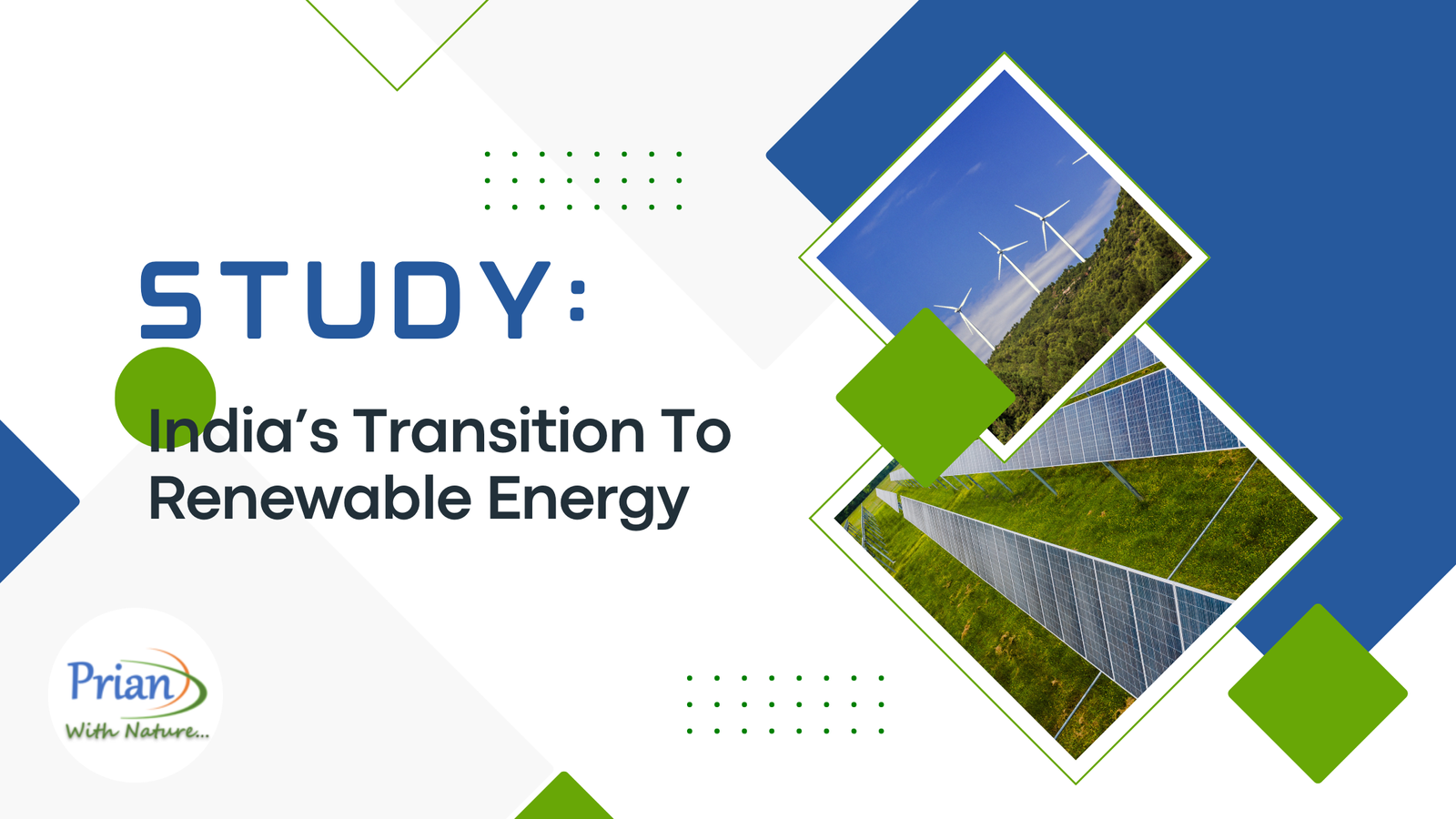
Leave a Reply